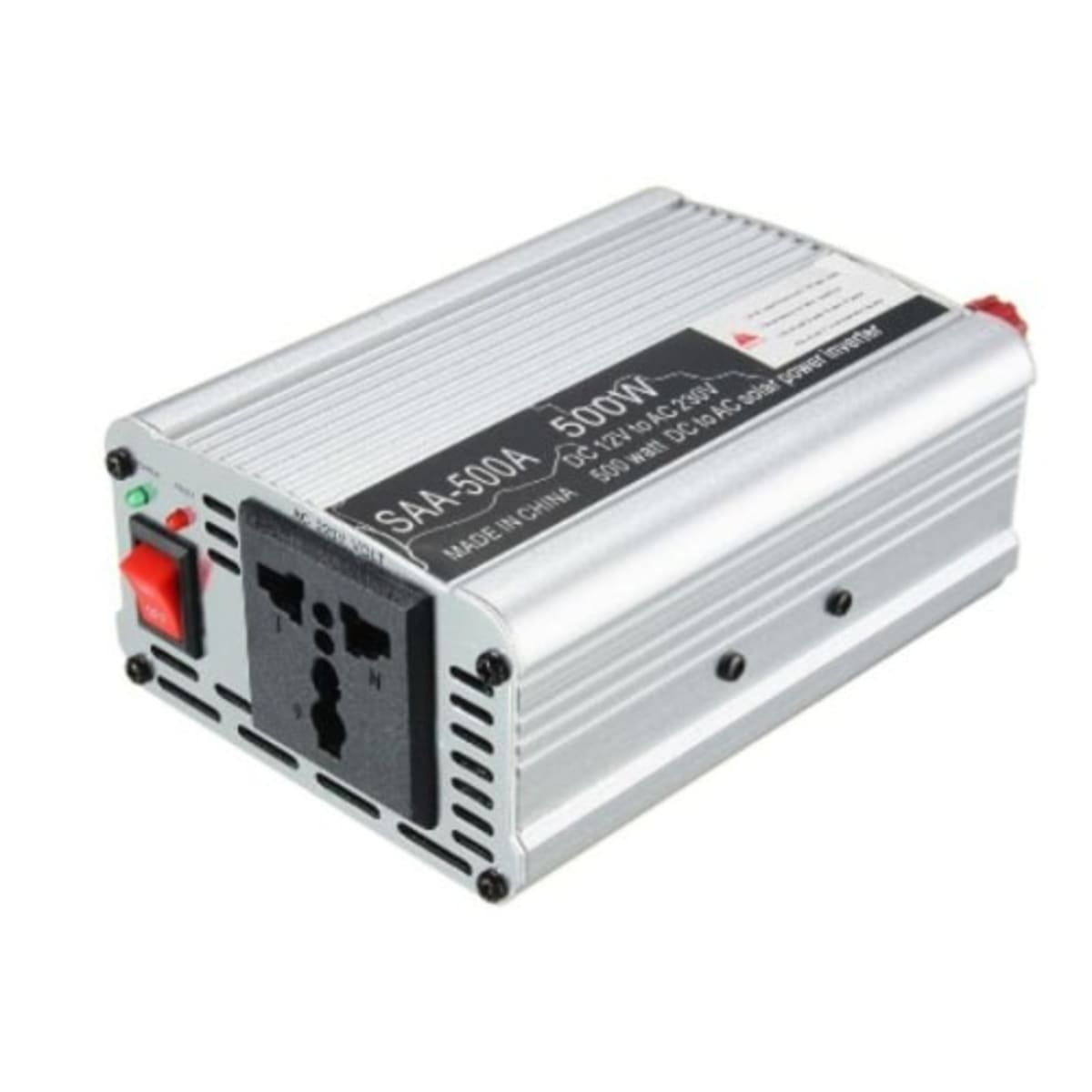
In today’s world, where electricity plays a crucial role in our daily lives, having a reliable power backup system is essential. Inverters are a popular choice for providing backup power during outages, but determining the right capacity of an inverter can be a challenging task for many consumers.
Understanding Inverters
An inverter is a device that converts direct current (DC) electricity from sources such as batteries or solar panels into alternating current (AC) electricity, which is used to power most household appliances. Inverters come in various capacities, ranging from small portable units to larger systems designed for residential or commercial use.
Factors Influencing Inverter Capacity
1. Power Requirement:
The first step in determining the capacity of an inverter you need is to calculate your power requirements. Make a list of all the appliances you want to power during an outage and determine their power consumption in watts. Add up the wattage of all the appliances to get an estimate of your total power requirement.
2. Surge Power:
Many appliances require a higher power output when they start up, known as surge power or starting wattage. It is essential to consider the surge power of your appliances when sizing an inverter to ensure it can handle the initial power spike without overloading.
3. Efficiency:
Inverter efficiency is another crucial factor to consider when determining capacity. Inverters are not 100% efficient, meaning that a portion of the power is lost during the conversion process. It is advisable to factor in the efficiency of the inverter when calculating the capacity you need.
4. Battery Capacity:
The capacity of the battery connected to the inverter also plays a significant role in determining the overall capacity of the system. A larger battery capacity allows the inverter to provide power for a longer duration during an outage.
Calculating Inverter Capacity
To calculate the capacity of the inverter you need, follow these steps:
1. Determine your total power requirement by adding up the wattage of all the appliances you want to power during an outage.
2. Consider the surge power of your appliances and factor it into your calculations.
3. Calculate the total power requirement by adding the surge power to the total power requirement.
4. Determine the efficiency of the inverter you plan to use and factor it into your calculations.
5. Divide the total power requirement by the efficiency of the inverter to determine the minimum capacity of the inverter you need.
6. Consider the battery capacity of the system and ensure it can support the power output of the inverter for the required duration.
Choosing the Right Inverter
Once you have calculated the capacity of the inverter you need, it is essential to choose a reliable and high-quality product that meets your requirements. Consider the following factors when selecting an inverter:
1. Inverter Type:
There are different types of inverters available, including standalone inverters, grid-tie inverters, and hybrid inverters. Choose the type that best suits your needs and requirements.
2. Brand Reputation:
Opt for well-known and reputable brands that offer quality products and reliable customer support.
3. Features:
Look for inverters with features such as overload protection, short-circuit protection, and battery monitoring to ensure the safety.
Written by profT for naijatipsland.com










